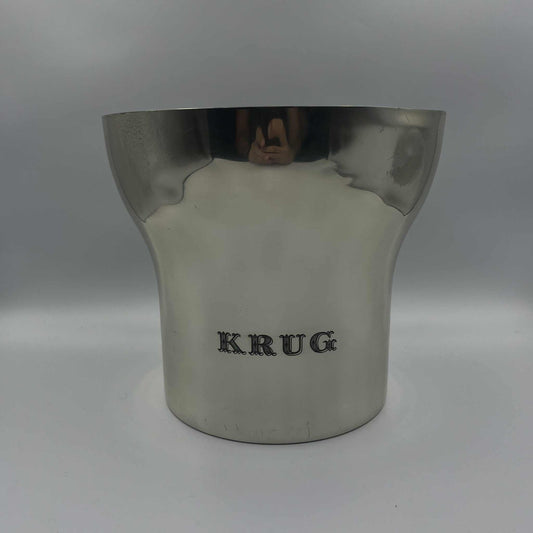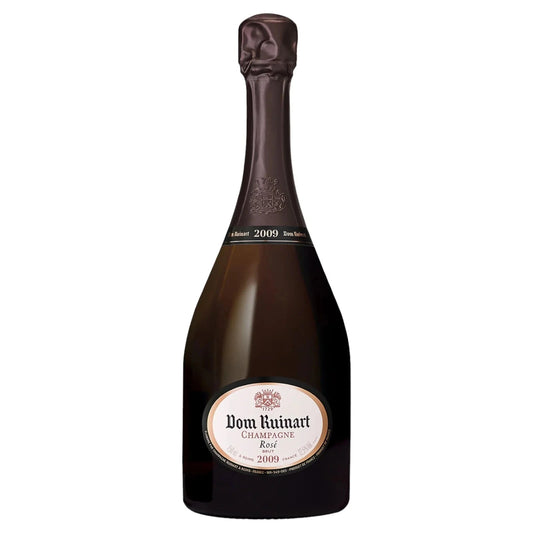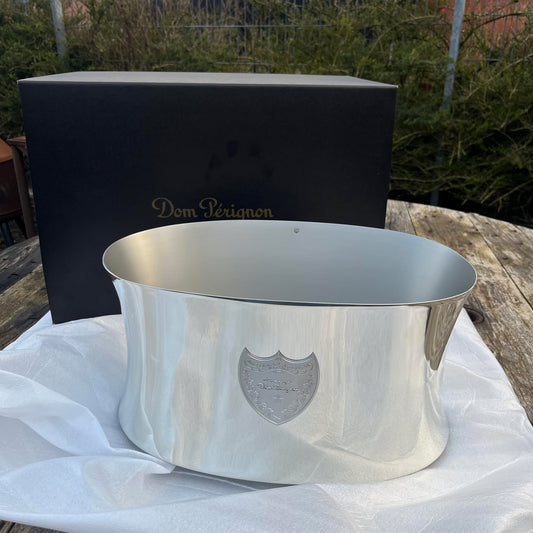-
Dom Ruinart Vintage 2009 Rosato
Prix habituel €232,95 EURPrix habituelPrix unitaire par -
Dom Ruinart annata 2013
Prix habituel €218,95 EURPrix habituelPrix unitaire par -
Dom Perignon annata 2015
Prix habituel €217,95 EURPrix habituelPrix unitaire par -
Perrier-Jouët Belle Epoque 2015
Prix habituel €191,95 EURPrix habituelPrix unitaire par -
 Épuisé
ÉpuiséDom Perignon annata 2013
Prix habituel €177,95 EURPrix habituelPrix unitaire par -
 Épuisé
ÉpuiséDeutz annata 2008
Prix habituel €122,95 EURPrix habituelPrix unitaire par -
Moët & Chandon Grand Vintage 2015
Prix habituel €81,95 EURPrix habituelPrix unitaire par -
Denis Patoux annata 2009
Prix habituel €92,95 EURPrix habituelPrix unitaire par -
 Épuisé
ÉpuiséKrug Champagne Bucket
Prix habituel €204,95 EURPrix habituelPrix unitaire par -
Dom Perignon Metal Champagne Bucket
Prix habituel €1.023,95 EURPrix habituelPrix unitaire par -
Secchiello per champagne Moët Chandon
Prix habituel €75,95 EURPrix habituelPrix unitaire par -
Secchiello per champagne Moët Gold
Prix habituel €54,95 EURPrix habituelPrix unitaire par -
Secchiello per champagne Perrier-Jouët
Prix habituel €109,95 EURPrix habituelPrix unitaire par -
Secchiello per champagne Duchene Canard verde
Prix habituel €61,95 EURPrix habituelPrix unitaire par -
Secchiello per champagne Victor Clicquot
Prix habituel €61,95 EURPrix habituelPrix unitaire par -
Secchiello per champagne Bauchet
Prix habituel €47,95 EURPrix habituelPrix unitaire par
Scopri di più sullo champagne d'annata:
Lo champagne d'annata occupa un posto speciale nel mondo degli spumanti, in quanto rappresenta un'espressione unica ed eccezionale dell'arte del viticoltore. Ecco alcuni punti chiave da sapere sullo champagne d'annata:
- Raccolto in annate eccezionali: lo champagne d'annata è prodotto da uve raccolte in un singolo anno eccezionale. A differenza degli champagne non d'annata (NV) che miscelano uve di anni diversi per mantenere uno stile della casa coerente, gli champagne d'annata sono un riflesso delle condizioni meteorologiche specifiche e della qualità dell'uva di una particolare annata.
- Dichiarato dal produttore: non tutti gli anni sono adatti alla produzione di champagne d'annata. La decisione di dichiarare un'annata viene presa dalla casa di champagne quando ritiene che le uve di quell'anno abbiano raggiunto un livello di qualità eccezionale. Ecco perché gli champagne d'annata sono spesso più rari e ricercati.
- Sapori distintivi: il carattere dello champagne d'annata può essere notevolmente influenzato dalle condizioni uniche dell'anno del raccolto. Temperature calde o fredde, modelli di precipitazioni e altri fattori meteorologici influenzano la maturazione dell'uva e lo sviluppo del sapore. Di conseguenza, gli champagne d'annata spesso mostrano sapori più complessi e sfumati rispetto alle miscele non d'annata.
- Potenziale di invecchiamento: gli champagne d'annata sono noti per il loro potenziale di invecchiamento. Nel tempo, il vino subisce una fermentazione secondaria in bottiglia, che determina la formazione di delicate bollicine e contribuisce alla sua complessità complessiva. Con una corretta conservazione, molti champagne d'annata possono continuare a svilupparsi in bottiglia, offrendo sapori e aromi più ricchi nel corso degli anni.
- Etichettatura e regolamenti: per essere etichettato come champagne d'annata, devono essere rispettate alcune normative. In Champagne, Francia, dove ha origine il vero champagne, uno champagne d'annata deve essere prodotto da uve raccolte tutte nell'anno dichiarato. L'anno della vendemmia, noto come "annata", è indicato sull'etichetta.
- Prezzo e rarità: a causa della produzione limitata e della selezione meticolosa di uve di annate eccezionali, gli champagne d'annata hanno spesso un prezzo più alto rispetto alle varietà non d'annata. La scarsità e le caratteristiche uniche di questi vini contribuiscono al loro valore e fascino accresciuti tra collezionisti e appassionati.
- Diverse case di champagne: diverse case di champagne, da nomi affermati a produttori boutique, offrono le proprie espressioni vintage. Lo stile e l'approccio alla vinificazione di ogni casa risplenderanno nelle loro offerte vintage, rendendolo un viaggio emozionante per gli appassionati di champagne alla scoperta di diversi produttori.
- Occasioni speciali: gli champagne d'annata sono spesso riservati a occasioni e celebrazioni speciali. La loro particolarità e complessità li rendono una scelta popolare per commemorare traguardi e momenti significativi.
- Data di rilascio: lo champagne d'annata è anche noto come champagne millesimé, che deriva dalla parola mille che significa mille. Si chiama così perché lo champagne deve invecchiare almeno 3 anni, ovvero poco più di 1000 giorni. Quando è invecchiato per tre anni, ora è autorizzato a rilasciarlo per la vendita.
In sintesi, lo champagne d'annata è una testimonianza dell'arte della vinificazione e delle qualità uniche di ogni anno di vendemmia. Offre la possibilità di sperimentare l'espressione di un tempo e di un luogo specifici, rendendolo una scelta preziosa per coloro che apprezzano le sfumature più fini dello spumante.















